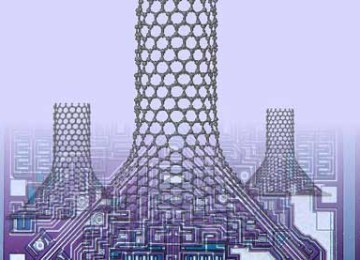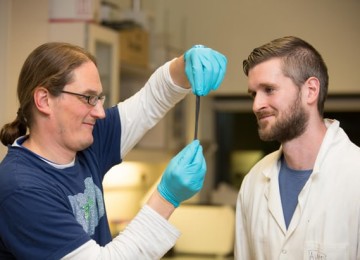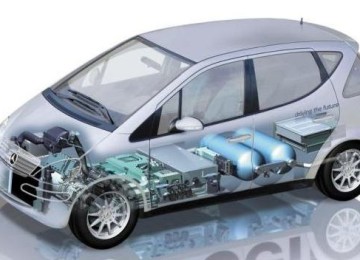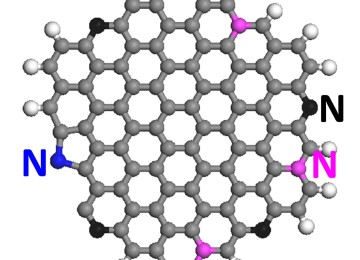EU project producing super Graphene laser
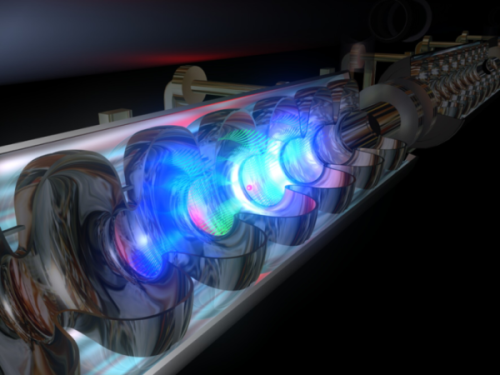
EU project producing super Graphene laser
The EU project GOSFEL (Graphene on Silicon Free Electron Laser), demonstrated a new type of compact laser source, which exploits graphene to create a solid-state free electron laser. Compact and low-cost lasers could benefit many industrial applications like communications, security, sensors, casting and more.
which would benefit from graphene laser that is both compact and cost-effective. A free-electron laser (FEL) especially much of currently ranging in wavelength from microwaves, through terahertz radiation and infrared, to the visible spectrum, ultraviolet, and X-ray, hold out promise for the development of new sources at the same time.
The GOSFEL project main target to design and construct a graphene-metamaterial hybrid, functioning as a laser cavity and significantly boosting the light graphene-interaction, After understanding of the underlying physics and principles that control laser light with graphene.
The Free Electron Lasers typically work when electron beams emit radiation by travelling in a vacuum and passing through an undulatory magnetic field. The emission wavelength is established by the electron beam energy and the period of the magnetic field.
Rather than use a magnetic field, the GOSFEL team came up with a new structure, based on patterning of the graphene, to accelerate/decelerate electrons to make them emit radiation in the range of 0.2 to 10 THz. Devices incorporating this structure are currently being tested and the team is confident that they will demonstrate the principle of operation over the next few months. In addition, a new electromagnetic feedback cavity has been developed in parallel and will ultimately be integrated into the device.
One, somewhat unexpected consequence, of the hybrid device was that as Prof. Nash puts it, ‘The graphene metamaterial hybrid was developed to act as the cavity for the laser, but we found that it also acts as an exiting platform to study the physics of light-matter interactions.’
Searchers work with FEL for offer an alternative to conventional lasers being potentially the most efficient, high powered and flexible generators of tunable coherent radiation from the X-Ray to the infrared. However, currently, FELs are prohibitively large and expensive. The GOSFEL project used graphene to create a compact, relatively affordable commercial version of such a laser in doing so it achieved what project coordinator Geoffrey Nash has referred to as a long-held goal of physicists and engineers.











